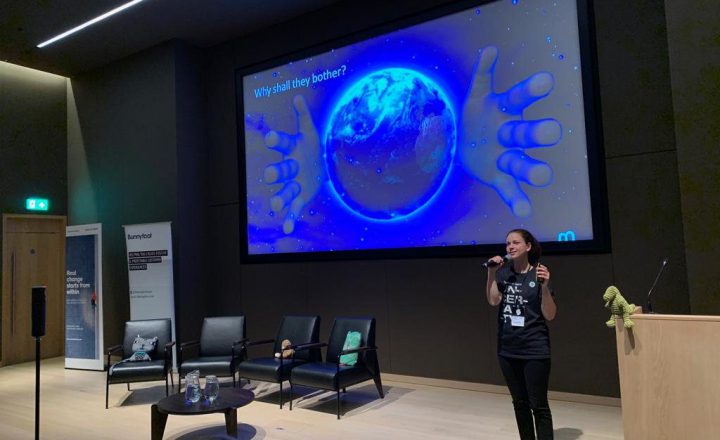It’s far from the ideal situation, because when you are the creator (mother) of a design (baby) it can be hard to admit that it is … in fact … UGLY!
You’ve probably heard the saying ‘the lawyer who represents himself has a fool for a client’; you may also be aware of the ethical policy followed within the medical profession ‘that surgeons should not operate on a family member’. So the question ‘should developers and designers test their own creations?’ We think it’s never a good idea …
Don’t get us wrong, we understand the need for this when working within small start-ups or a downsizing UX team as it’s highly likely that you’d be asked to both create and test your own designs due to lack of resources. However, in this situation any form of testing (even guerilla testing) would be beneficial to development of the design rather than the alternative … no testing, which, as a usability consultant, is not a viable alternative.
Pitfalls of testing your own designs
- Designers are emotionally invested in their designs, therefore it can be hard for them not to take the feedback personally and begin to defend the design/decision making
- in order to get relevant and reliable results that we can confidently act upon it is imperative that the moderator is as objective as possible
- If users are made aware that it is your design that they are testing, or that you work for the company that provided the service, they are unlikely to be as honest and forthcoming with their feedback (especially negative feedback) as you may need them to be
- providing customers with a neutral environment where they can confidently talk freely and openly about their experiences is crucial to the feedback that you obtain
- It can be difficult for designers to admit defeat and throw the design away if need be, to start again … instead designers who are emotionally invested with the creation are more likely to try and patch the flaws within the original design
- delivering bad news and knowing when to quit and start again can often make more economical sense than pursuing on with the original design solution
- Designers are susceptible to employing tasks that focus almost exclusively on their own pet features, rather than on goals that users really want to accomplish
- the scenarios/user tasks that users are asked to conduct during the testing sessions should be representative of the key tasks that users conduct with the service when ‘in the wild’.
At Bunnyfoot, our consultants conduct a range of services, including testing and creating interaction designs. Often we conduct user tests for our clients’ creations and at other times we test our own Bunnyfoot creations, e.g. wireframes, lo-fi prototypes and fully functioning sites.
However the philosophy within Bunnyfoot is we do not moderate user tests on designs that we have created ourselves. Instead, we use another consultant, who has no emotional investment in the design, to conduct the actual user testing sessions. However, the creator(s) are always present to observe the live testing sessions to enable them to see first-hand how their designs are received by real users, allowing iterative changes to be made between sessions.
Why use an external agency (like us!)
- It provides a fresh pair of eyes, not clouded by frequent or constant exposure to your company’s processes/language (jargon). Sometimes you can be so close to your own designs that you can no longer ‘see the wood from the trees’
- They can be impartial to the design (no emotional investment), therefore we are able to deliver results neutrally, as findings that simply translate customer’s experiences (not influenced by internal politics etc)
- We see beyond the limitations of the current platform/service, provide more blue sky/long term recommendations
- External consultants have experience and skills, varying in breadth and depth, over a range of different industries. They are therefore able to translate this knowledge and learnings to the design where applicable
- Testing in impartial surroundings makes it easier to gather participants’ thoughts, experiences and opinions as they are not influenced by the environment
- At Bunnyfoot we have our own participant recruitment service, with a pool of target users ready to attend the testing sessions.
Ultimately any test is better than no test
If you can afford it, it’s better to use a dedicated usability specialist to perform your projects usability activities while you and your team observe. But ultimately any kind of testing with real users is hugely beneficial to the development of a design.
Want to learn more?
- Training Course: User Testing





